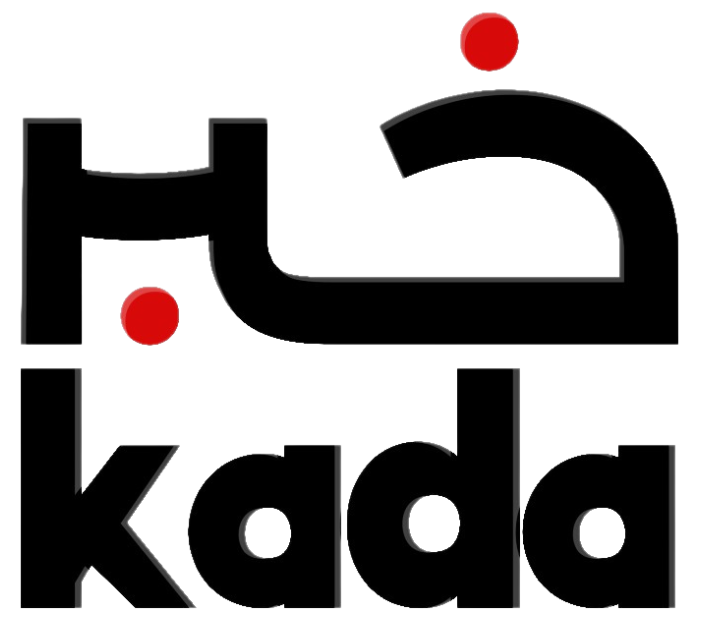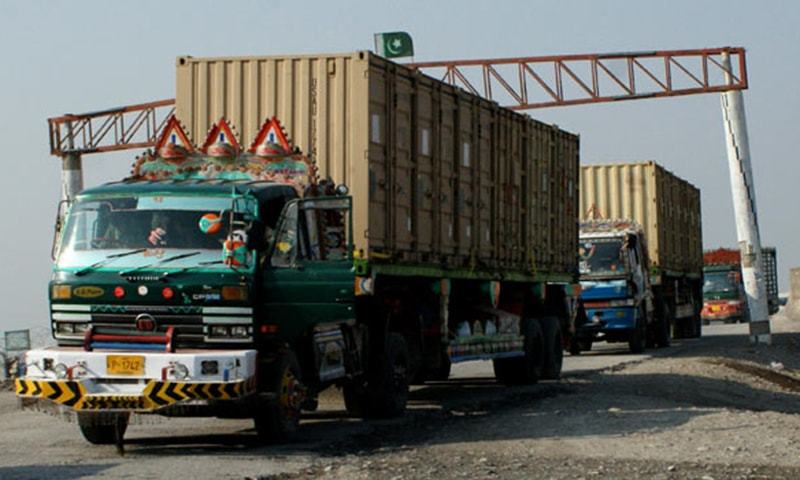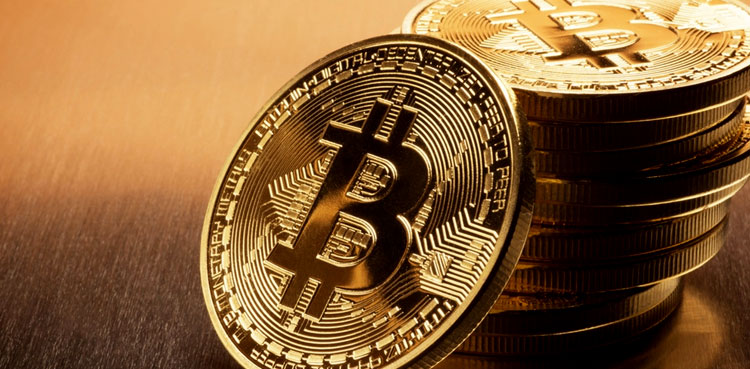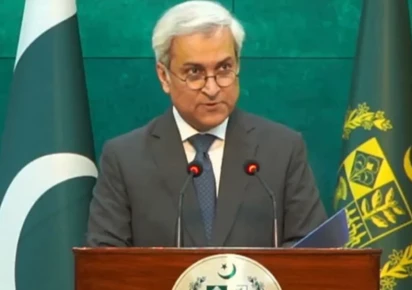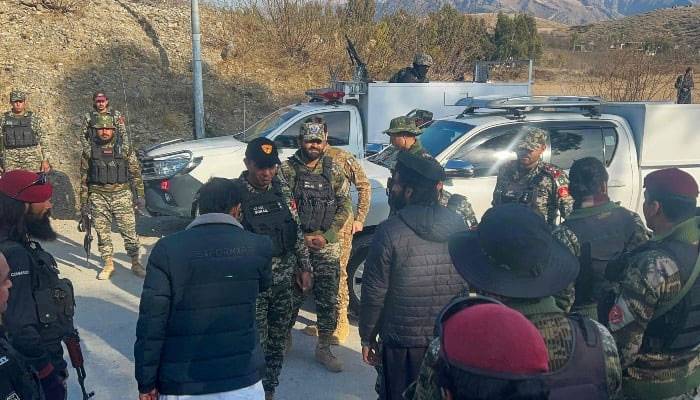As the morning sun broke over the small mountain village in the Safi sub-division of Mohmand district, laughter echoed through the school courtyard. Just a few years ago, this very spot was targeted by terrorists who used explosives to demolish the school building. Walls collapsed, the roof caved in, and the children’s dreams lay buried under the rubble.
Today, however, the area pulsates with life again. The Pakistan Army has not only rebuilt the school from scratch but has made it more beautiful, stronger, and modern than before.
Syed Ahmad, a fifth-grade student, smiles while sitting in his class wearing a new uniform, his eyes reflecting a bright future. “I thought my studies were over. I thought I would never become a doctor,” he said. “But when the school was rebuilt, all my dreams returned. Now, I will definitely become a doctor and serve my people.”
His father, Jamal-ud-Din, who never had the chance to attend school himself, stands holding his son’s hand, his eyes moist. “I remained uneducated, but I cannot let my children be ignorant. This school is the future of our kids. May Allah bless the Pakistan Army for bringing our children’s dreams back to life.” This story is not unique to one village in Mohmand; it is the story of Pakistan as a whole.
Today, Pakistan stands at the cusp of a great educational revolution. Under the “Education Emergency 2024” and the “National Education Policy 2025,” the government has pledged to bring 10 million out-of-school children back into the educational system by 2030. Currently, between 22 and 26 million children in the country are out of school, with the majority being girls. This situation is most acute in provinces like Balochistan and Sindh, but the process of change has now begun.
In 2024, the Benazir Educational Stipend Program provided assistance worth PKR 117 billion to 14.8 million children. A Conditional Cash Transfer program is successfully running across 50 districts in Punjab. With support from the World Bank, 500 flood-affected schools are being rehabilitated, benefiting four million children. Sindh is implementing a digital student attendance system in five thousand schools. Organizations like UNICEF, the Global Partnership for Education, the Malala Fund, and The Citizens Foundation are also contributing to bringing the light of education to remote areas.
A historic initiative is also underway to link 35,000 Madrassas across the country to the national curriculum, enabling 2.5 million students to pursue modern education. The government has allocated PKR 1 trillion for education, which constitutes four percent of the Gross Domestic Product (GDP)! This is a significant commitment—a genuine promise made by a nation to its children and its future.
Educational expert Umar Orakzai states, “This is not just about building schools; it is akin to resurrecting a nation. When a girl receives an education, the entire family and society change. Pakistan is now preparing skilled youth for the second phase of CPEC (China-Pakistan Economic Corridor). This educational revolution will certainly lead to an economic revolution as well.”
